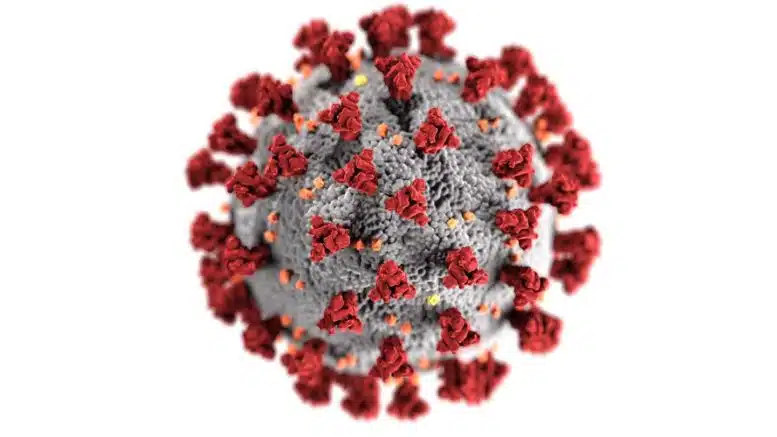The COVID-19 pandemic has acted as a catalyst for the already increasing rates of antidepressant prescriptions among adolescents and young adult women in the United States, findings from a study led by the University of Michigan reveal.
Examining data from a national pharmacy database covering 92% of prescriptions dispensed in the U.S. between 2016 and 2022, researchers discovered a noteworthy surge in antidepressant dispensing rates among individuals aged 12 to 25, particularly following March 2020. Before the pandemic, there was a gradual uptick in antidepressant prescriptions among this demographic, but the rate accelerated by 64% in the aftermath of March 2020, as outlined in the research published in Pediatrics, the peer-reviewed journal of the American Academy of Pediatrics.
Notably, the surge in rates was significantly more pronounced among young women. After March 2020, rates spiked by 130% among females aged 12-17 and by 60% among those aged 18-25. The lead author, Kao Ping Chua, a pediatrician at UM Health’s C.S. Mott Children’s Hospital, emphasized the exacerbation of pre-existing mental health challenges among female adolescents during the pandemic, aligning with other studies indicating increased rates of anxiety and depression in this demographic.
A 2021 survey conducted by the Centers for Disease Control and Prevention revealed alarming statistics, with over a third of high school students reporting poor mental health during the pandemic, and 44% expressing feelings of sadness or hopelessness within the past year.
Interestingly, while antidepressant prescription rates surged for young women and girls, they remained relatively unchanged among male young adults post-pandemic and even declined among male adolescents. Chua expressed surprise at this decline, suggesting that it might be attributed to reduced opportunities for mental health assessments and prescription amid disruptions in healthcare access during the pandemic, particularly among male adolescents who might have skipped physical exams.
Furthermore, virtual learning during the pandemic might have hindered the ability of teachers and school staff to detect mental health issues among students. The long waiting lists for psychotherapy exacerbated by the pandemic could have also contributed to the notable rise in antidepressant prescriptions, as patients and families faced extended waits for therapy sessions, prompting healthcare providers to opt for medication-based interventions in certain cases.

